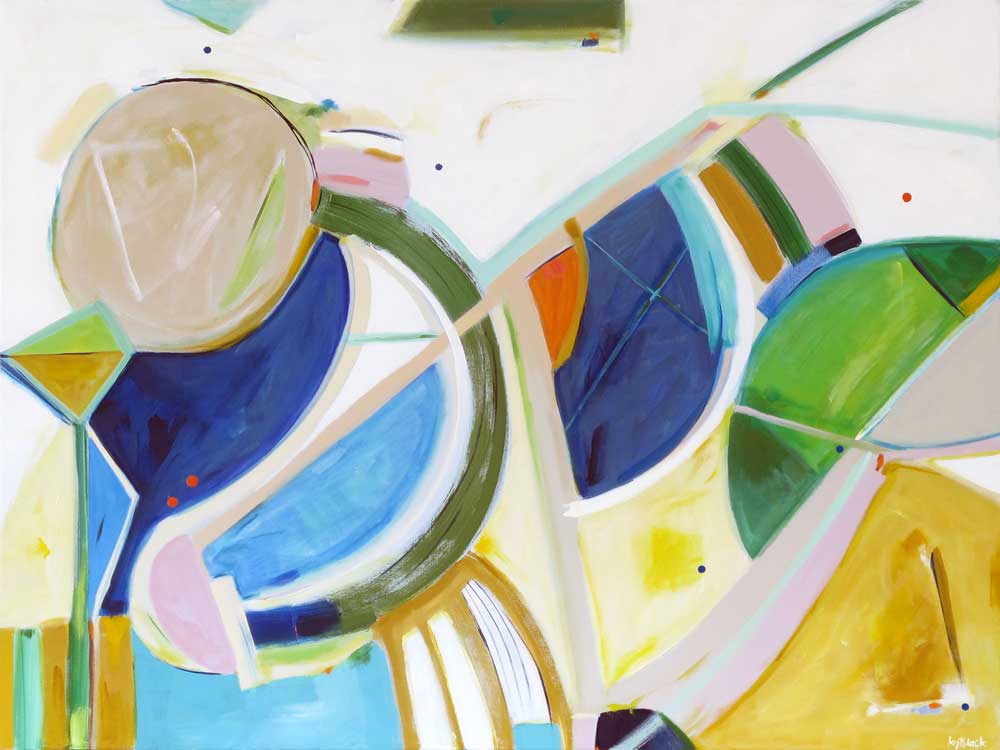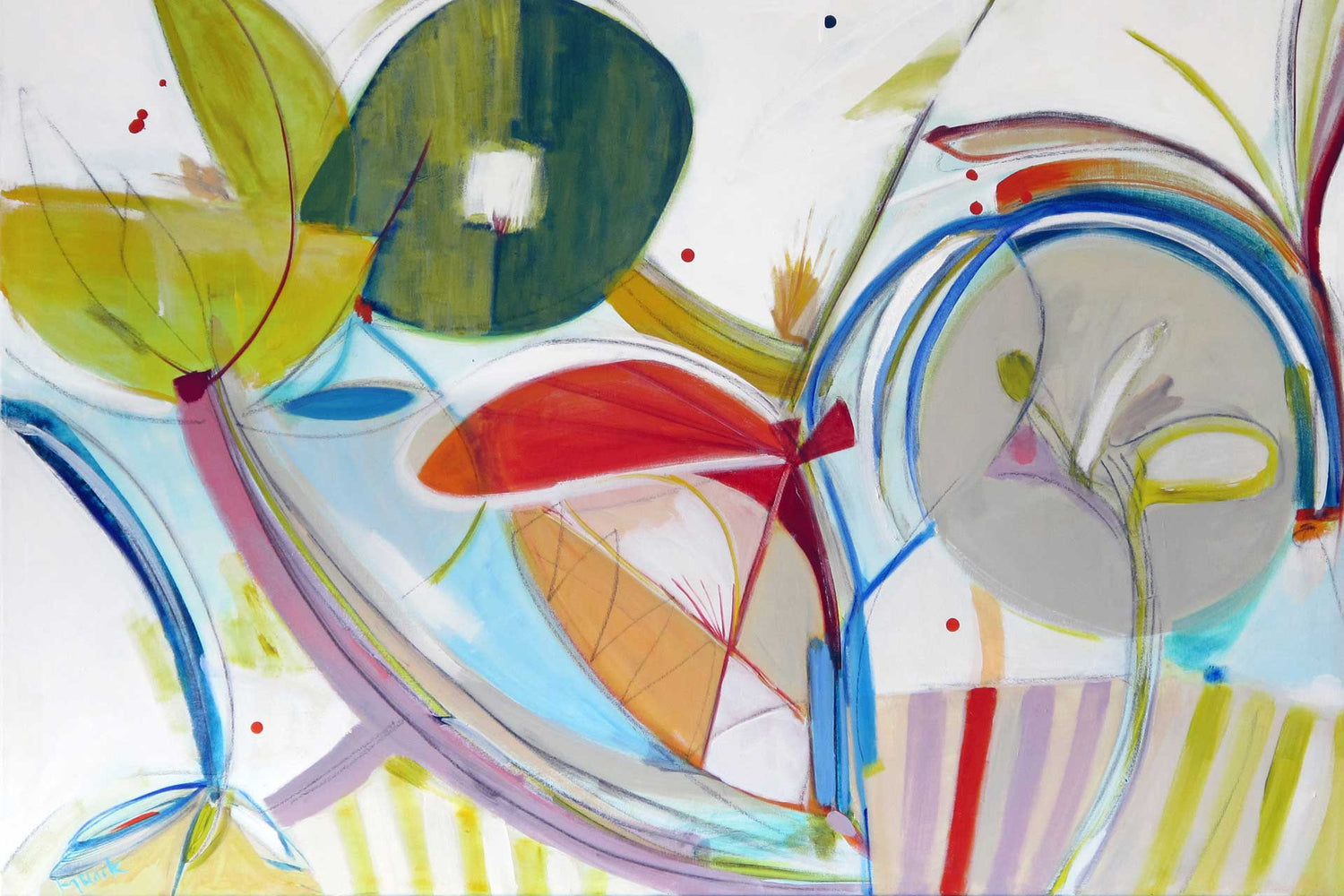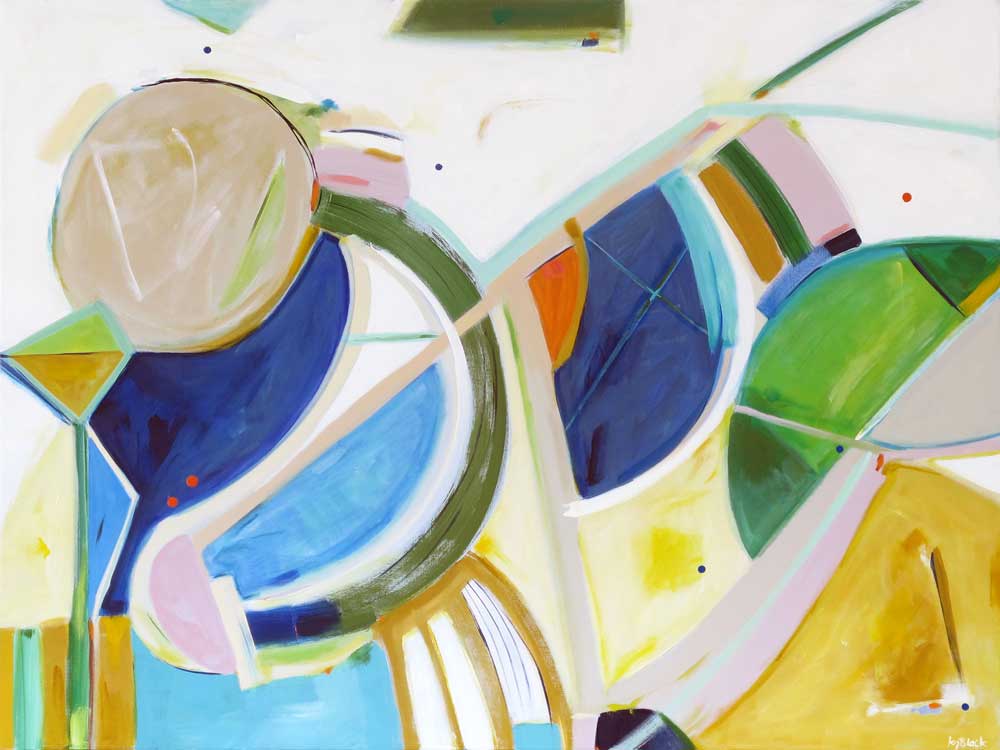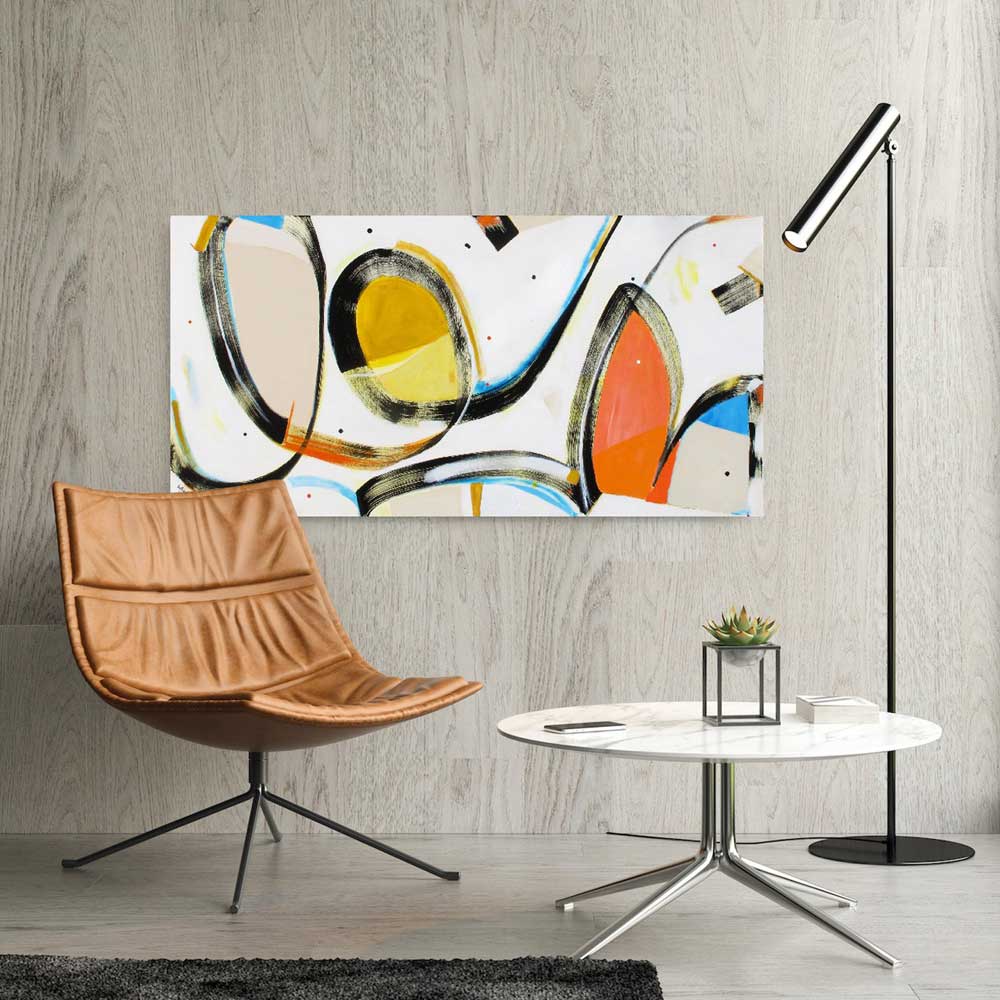Key Considerations for Creating Your Abstract Art Portfolio
The Role of colour in Abstract Art: A Deep Dive
Colour plays a pivotal role in abstract art, serving as the main conduit for expressing ideas, emotions, and the essence of the unseen. Abstract artists leverage colour to evoke a spectrum of responses, manipulating hues and saturation to convey depth, mood, and atmosphere. In the realm of abstract expressionism, for instance, Mark Rothko and Wassily Kandinsky harnessed the power of colour to transcend the visual, reaching into the viewer's emotional core. A deep dive into colour's role reveals its capacity to function beyond mere aesthetic appeal, acting as a language that communicates the abstract artist's intent and visions. As a collector, understanding and appreciating the nuanced use of colour in abstract art can significantly enhance the connection felt towards a piece, guiding the selection process towards artworks that resonate on a profound level.
How to Interpret Abstract Art: A Guide for Beginners
Interpreting abstract art is a subjective journey that allows individuals to explore their own perceptions and emotions. For beginners, approaching abstract art can seem daunting; however, it offers an open invitation to delve into the artist's world, where form, colour, and texture speak volumes. Abstract art, by its nature, does not attempt to represent reality directly but rather expresses it through abstract forms and expressions. Artists like Piet Mondrian and Kazimir Malevich broke new ground by emphasising the abstract qualities of art, focusing on how arrangements of forms and colours could communicate deeper truths. As you begin to interpret abstract art, allow yourself to be drawn into the conversation the artwork initiates, focusing on how it makes you feel and the thoughts it provokes. Interpretation is personal and fluid, reflecting the unique perspectives and experiences of each viewer.
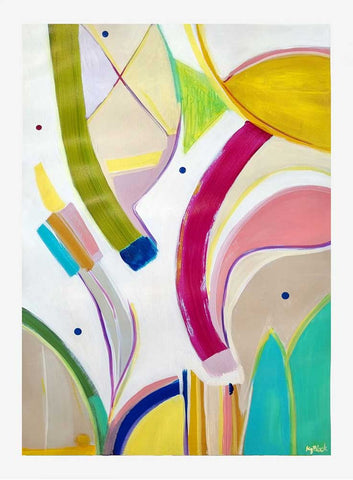
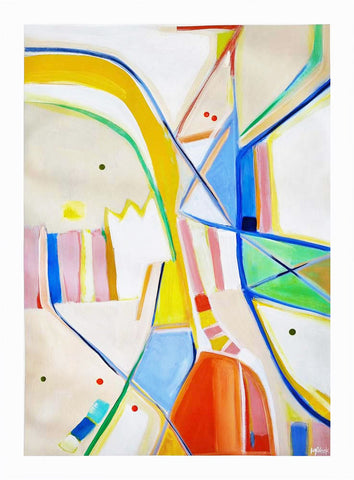
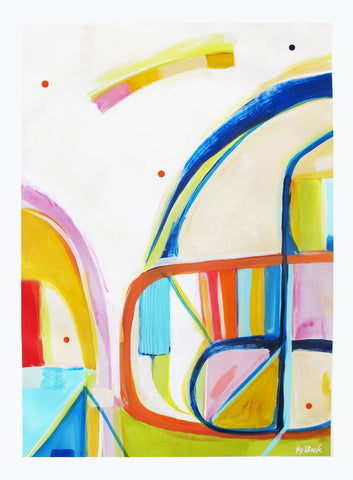
The Connection Between Abstract Art and Emotion
Abstract art establishes a unique, intimate dialogue with its audience, engaging emotions in a direct, potent manner. This art form transcends the need for literal interpretation, instead focusing on evoking feelings through the use of abstract elements. The emotional impact of abstract art can vary widely among viewers, making each experience uniquely personal. Abstract expressionists like Jackson Pollock and Mark Rothko emphasised the emotional potential of their works, using them as mediums to convey complex emotional states and existential inquiries. For collectors, the emotional resonance of a piece can be a guiding light in the selection process, drawing them towards artworks that echo their innermost feelings and thoughts. In essence, the connection between abstract art and emotion underscores the power of visual elements to move and inspire beyond words.Incorporating Abstract Art into Fashion and Design
Abstract art's influence extends beyond the canvas, infusing creativity and innovation into fashion and design. Designers draw inspiration from the bold colours, dynamic forms, and innovative compositions characteristic of abstract art, integrating these elements into wearable art and interior design. This fusion of art and design creates a vibrant, visually stimulating environment that reflects the aesthetic sensibilities of the modern era. Incorporating abstract art into fashion and design not only celebrates artistic expression but also invites individuals to engage with art in everyday contexts, enhancing the visual and emotional richness of their surroundings.
How to Critique Abstract Art: Key Elements to Consider
Critiquing abstract art requires a shift from traditional analysis towards a more nuanced understanding of the elements that define this genre. Key considerations include the use of colour, form, line, texture, and the overall composition, each contributing to the artwork's emotional and visual impact. Critics and collectors alike delve into how these elements interact, creating harmony or tension, and how they contribute to the piece's abstract narrative. Abstract art invites viewers to explore the intentions and processes behind the artwork, considering the historical and cultural context in which it was created. By focusing on these elements, critiques of abstract art offer insightful reflections on its significance, innovation, and emotional depth.
The Importance of Texture in Abstract Art
Texture in abstract art adds depth and dimension, inviting viewers to experience the artwork through touch as well as sight. Abstract artists employ a variety of techniques to create texture, from layering paint to incorporating non-traditional materials. This tactile quality enhances the visual experience, making the artwork more engaging and immersive. Techniques such as impasto, where paint is applied thickly, create a sense of movement and vitality, while the inclusion of materials like sand or fabric introduces a physicality to the piece. Collectors drawn to textured abstract art appreciate the dynamic interplay between the visual and tactile elements, which adds a rich layer of complexity to the artwork.
Understanding the Different Movements within Abstract Art
Abstract art encompasses a diverse range of movements, each with its own philosophy, techniques, and aesthetic principles. From the emotional intensity of Abstract Expressionism to the geometric precision of De Stijl, understanding these movements is crucial for collectors. Familiarising oneself with the historical and cultural context of movements such as Cubism, led by pioneers like Pablo Picasso and Georges Braque, or the spiritual underpinnings of Russian Constructivism, offers insights into the artists' motivations and the evolution of abstract art. This knowledge not only enriches the collector's appreciation but also aids in making informed decisions when selecting pieces to add to their collection, ensuring a depth and diversity that reflects the broad spectrum of abstract art.
Navigating the Abstract Art Market: Buying and Selling Advice
The abstract art market is dynamic and diverse, offering a plethora of options for collectors, from emerging talents to established masters. Navigating this market requires a blend of research, intuition, and strategic planning. Collectors should stay informed about market trends, notable auctions, and exhibitions to discover new artists and investment opportunities. Establishing relationships with galleries and advisors can also provide valuable insights and access to high-quality works. Whether buying or selling, understanding the provenance, condition, and market value of abstract art pieces is paramount. Collectors should also consider the long-term significance of their acquisitions, focusing on works that offer both personal resonance and potential for appreciation.
The Process Behind Creating an Abstract Art Portfolio
Building an abstract art portfolio is an enriching process that involves more than just acquiring artwork. It requires a thoughtful approach, considering not only the aesthetic appeal of each piece but also how it complements and enhances the overall collection. Collectors should aim for diversity, incorporating various styles, mediums, and artists to create a balanced and engaging portfolio. It's also important to document each acquisition meticulously, including details of the artist, the artwork's history, and any certificates of authenticity. Over time, a well-curated abstract art portfolio can become a reflection of the collector's personal journey through the art world, showcasing their evolving tastes and the narratives that have shaped their collection.
Conclusion
Embarking on the journey of collecting abstract art is a profound way to deepen your appreciation for non-representational forms, colour dynamics, and emotional expressions that define this art genre. From exploring the vibrant palettes of abstract expressionism to understanding the minimalist precision of constructivism, each piece in your collection will open doors to new perceptions and connections. Kirsty Black Studio invites you to immerse yourself in the diverse world of abstract art, offering a curated selection of artworks that promise to transform your space and inspire your spirit. Whether you're drawn to the pioneering works of Wassily Kandinsky or the intricate textures of contemporary artists, let Kirsty Black Studio be your guide and companion in curating a collection that resonates with your unique aesthetic and emotional landscape. Start your abstract art collection today and experience the transformative power of art.
Contact Us Today to Explore Our Collection or Discuss Your Artistic Needs!📧 Email: kirsty@kirstyblackstudio.com
📞 Phone: +64 21 549 193
📍 Visit Our Studio: Maraetai, Auckland, New Zealand (Please phone ahead to make an appointment)


